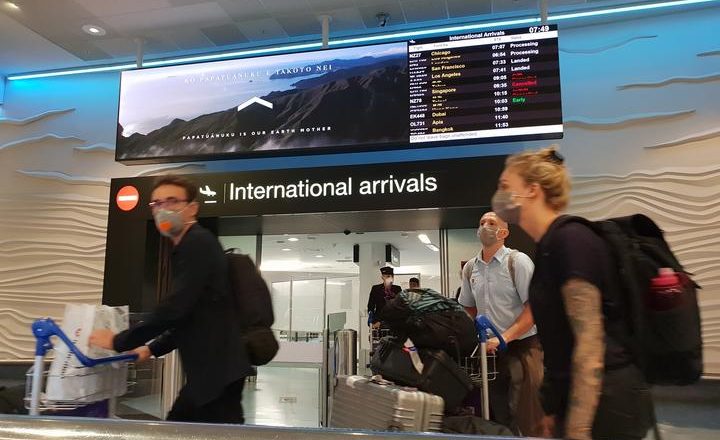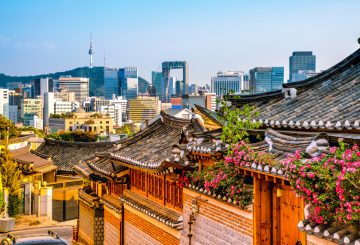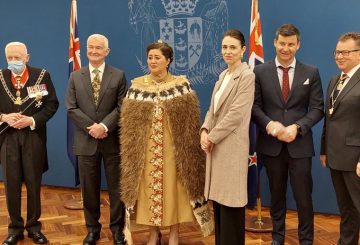뉴질랜드 관광청 ‘아오테아로아(Aotearoa)’는 오미크론으로 인해 판이 바뀐 이후 뉴질랜드 국경 재개 계획을 업데이트할 것을 정부에 촉구하고 있다.
Jacinda Ardern 총리는 지난 주 오미크론이 등장하면서 11월 발표된 단계적 재개방이 보류된 이후 내각과 함께 수 주 내 현재의 국경 설정 변경을 고려할 것이라고 말했다.
TIA의 Ann-Marie Johnson 대변인은 “이전 계획은 오미크론이 아닌 델타에 대응하기 위해 개발됐다. 오미크론이 뉴질랜드에서 endemic(주기적 유행)으로 전환될 경우에는 국경 폐쇄, 자가격리, 국제선 입국자 MIQ 격리를 계속 유지할 보건적 이유가 없다”고 말했다.
뉴질랜드는 전세계와 다시 연결될 필요가 있다. 사람들은 가족과 친구들과 재회하기를 간절히 원하고 있다. 국제간 여행은 뉴질랜드의 주요 공급망을 지원하고, 지역사회에 활력을 가져올 뿐만 아니라 다양한 행사, 요식업 및 식품 생산, 운송 및 서비스를 포함한 다른 분야를 뒷받침하기 때문이다.
검역 없는 여행은 국제 여행객(Manuhiri)를 뉴질랜드로 다시 유치하는 열쇠다. Johnson 대변인은 뉴질랜드 관광업을 회복시키려면 뉴질랜드 국경을 격리/검역 없이 개방해야 한다고 언급했다.
국제 항공사들은 현재 2022-23년 여름 스케줄을 마무리짓고 있다. 따라서 2월 중순까지 국경을 재개방 계획 지시가 필요하며, 만약 그렇지 않을 경우 뉴질랜드는 안정적인 국제 항공과의 연결이 어려워 이를 복구하려면 더 많이 지연될 가능성이 높다고 그녀는 말했다.
세계보건기구(WHO)는 국제여행금지조치가 오미크론 확산을 막지 못하고 사회·경제적 스트레스에 기여하고 있는 만큼 해제하거나 완화해야 한다고 조언했다.
국제적 추세에 따르면 오미크론 발병의 정점이 2-3 개월 내에 지나므로 정부는 지금 국경을 재개할 계획을 세워야 한다고 Johnson 대변인은 전했다.
“뉴질랜드 국민과 관광업 관계자 모두 앞으로 몇 달 동안 힘든 시기를 보낼 것이다. 지금이야말로 경기 회복 계획을 세울 적기다. 오마이크론에 따른 명확한 국경 개방 계획이 필요하다. 우리는 계획 수립을 진전시킴이 마땅하다고 생각하며 팬데믹 또한 앞으로 어떻게 전개될지 충분히 알려져 있다고 본다. 업계를 대표해 TIA는 정부와 협력하여 이를 지원하고자 한다.”
이어 대변인은 국경 규제 완화 및 철폐 위험 평가에 근거해 신중히 이뤄져야 하지만, 오미크론이 정착하게 된다면 앞으로 국경 폐쇄가 주요 통제 수단이 될 가능성은 매우 낮다고 덧붙였다.
“자국민을 통제하는 것보다 외국 입국자 관리가 더 용이하다. 따라서 국제 방문객에 따른 위험도는 낮고 관리 가능하다고 봐야한다. 현재 우리가 단계별로 이뤄가야 하는 과정 중에 있다는 것을 인지하고 있다. 앞으로 나아가기 위한 최선의 방법은 국경 봉쇄가 더 이상 국민을 보호하는 방법으로 효과적이지 않는 이상 그 즉시 뉴질랜드 국경을 재개 할 계획을 세우는 것이다.”





























































